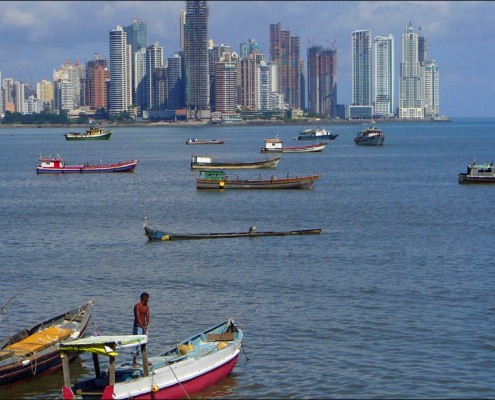
Water News: What’s Ahead in 2012
1 Comment
/
News headlines are often dominated by the big, unexpected events…
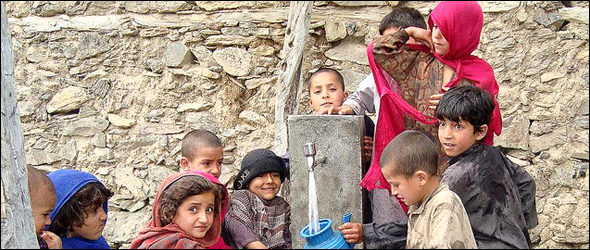
Plumbing WikiLeaks: Water’s Role in U.S. Foreign Aid
Diplomatic cables show that the U.S. State Department aims to…
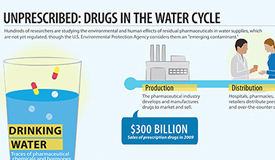
Infographic: Unprescribed — Drugs in the Water Cycle
In 2009, 3.9 billion prescriptions were dispensed in the United States, and an estimated 10 to 40 percent of medicines are not used. With 78 million baby boomers reaching the age when prescription drug use will increase, how will this affect environmental and drinking water?
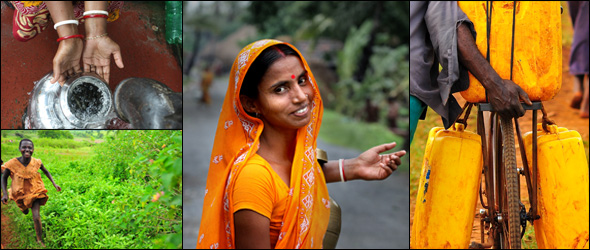
Ned Breslin: Scratching the Surface — Retooling the WASH Model’s Indicators (Part III)
Sharing failures can be just as valuable as sharing successes. Yet, the development sector more often touts its successes as indicators to donors, who, in turn, are content to think short term and tend to not ask the tough questions.
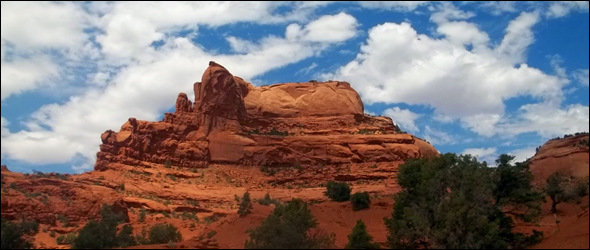
Racing an Arizona Senator’s Retirement, Dry Navajo Nation Draws Closer to Securing More Water
The largest reservation in the U.S. has one of the nation's highest poverty rates — more than 40 percent — and very little water infrastructure. Many residents pay nearly 50 times the municipal cost for water, which instead is delivered from a tank in the back of a truck, often resulting in water-borne intestinal illnesses.
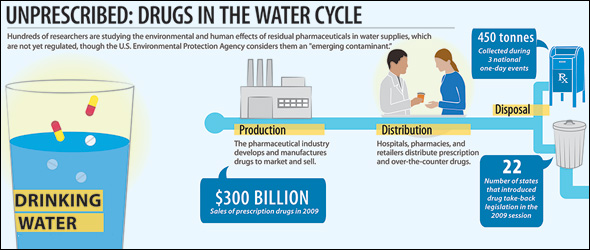
Unprescribed: Legislation to Keep Drugs Out of Water Thwarted by U.S. Pharmaceutical Lobbying
An estimated 10 to 40 percent of prescription and over-the-counter medicines are not used, but how to properly dispose of these drugs depends on who you ask. Since there is no continuous national program, states — and even some cites — are instituting their own regulations, but not without complaints from the pharmaceutical industry.
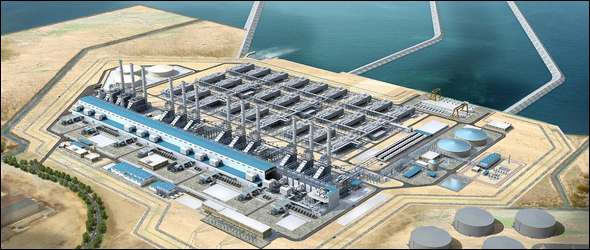
Plumbing WikiLeaks: Saudi Arabia Fears Iranian Nuclear Meltdown and Potential Terrorism to Desalination
Classified cables show that Saudi and U.S. officials believe water supplies along the Persian Gulf are at high-risk for terrorist attacks and possible contamination from nearby nuclear plants. This is the first of a new series that will analyze the water-related U.S. embassy cables published by WikiLeaks.
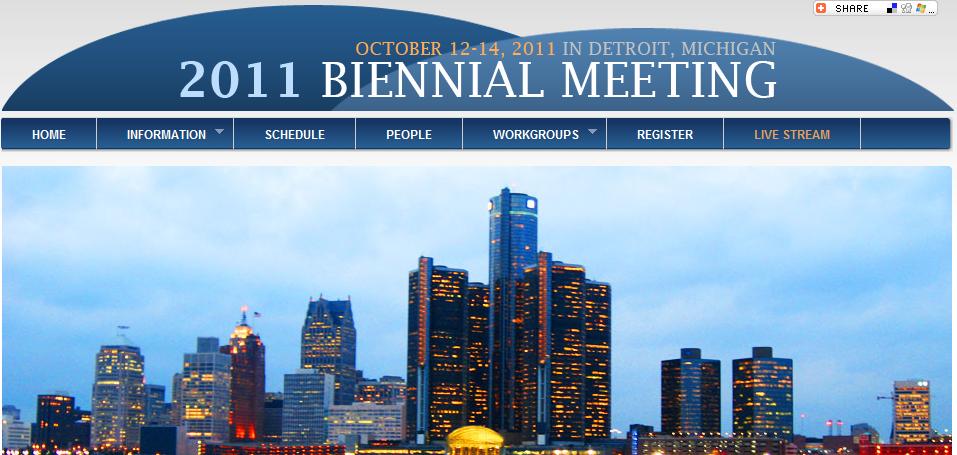
Report & Conference: Assessing Great Lakes Health and Future — Al Gore Delivers Keynote
In Detroit last week, three organizations involved in Great Lakes management held concurrent and joint meetings to discuss the future of one of the world’s largest sources of fresh surface water. Former Vice President Al Gore delivered the keynote address, linking climate change to water issues.
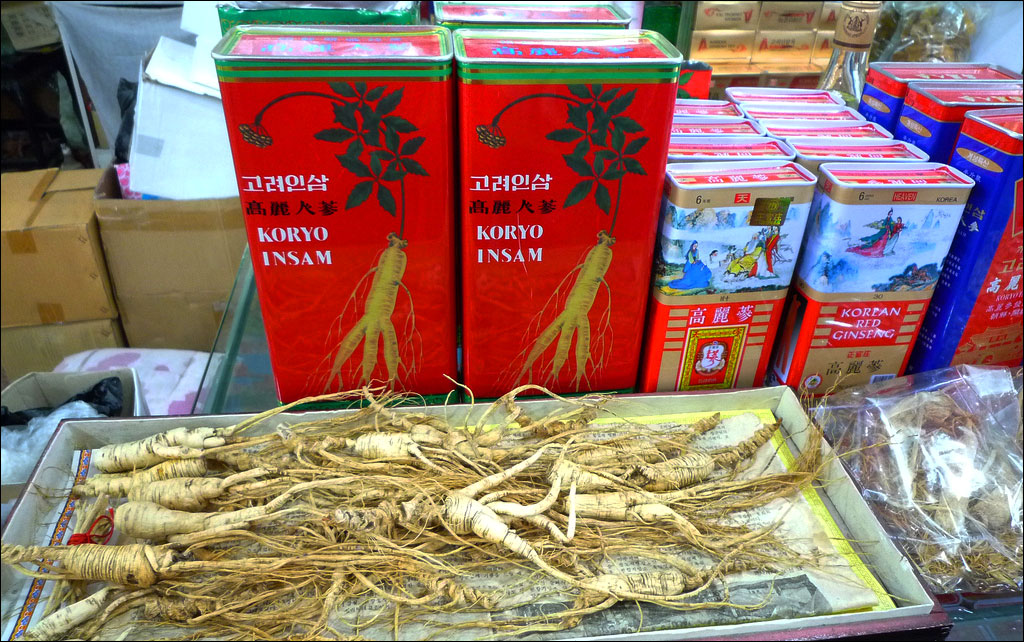
Differing Views On North Korea’s Food Crisis
Torrential rains, heavy summer floods, and typhoons have compounded North Korea’s dysfunctional food-distribution system, leaving millions — including many children — in danger of malnutrition, according to some media outlets and humanitarian-aid groups. But others contend that additional analysis is necessary to verify the circumstances.

Peter Gleick: Why Spend Public Money for Private Bottled Water?
When I go to water meetings, there are serious scientific discussions about climate impacts on water systems, international conflicts over water, water quality and contamination threats, new technologies and strategies for providing basic water and sanitation for the world's poor, and much more. But in the hallways between meetings and sessions, the real arguments are about the conflicts between public and private control and management of water.

Peter Gleick and Phaedra Ellis-Lamkins: Jobs and Water for America
Every year, our old water infrastructure spills 860 million gallons of untreated waste into America’s waterways, including raw or partially treated sewage, bacteria, parasites, synthetic hormones, pharmaceuticals, and agricultural wastes.

Peter Gleick: Water Emergencies — Time for New Plans and Technology
The world faces a wide range of serious, complex, and long-term water challenges, from shortages to contamination to local and regional disputes over water to long-term climate changes. But there are other challenges that are short-term, emergency situations that could also be addressed by some new thinking and new technology.


